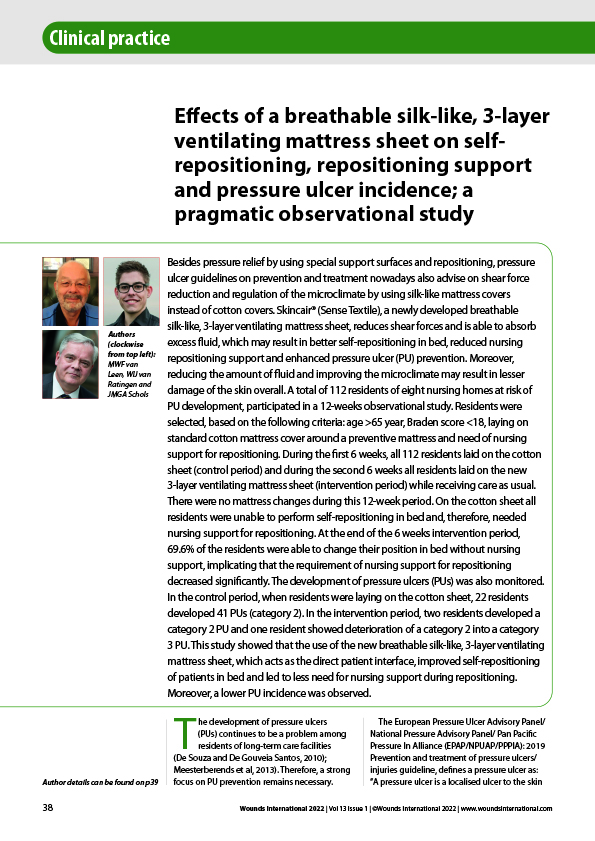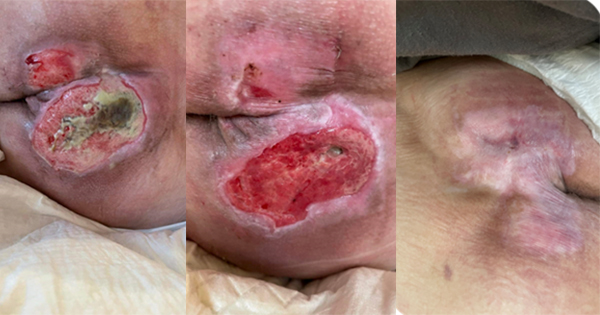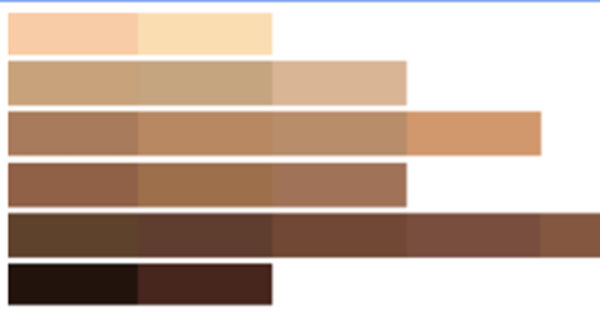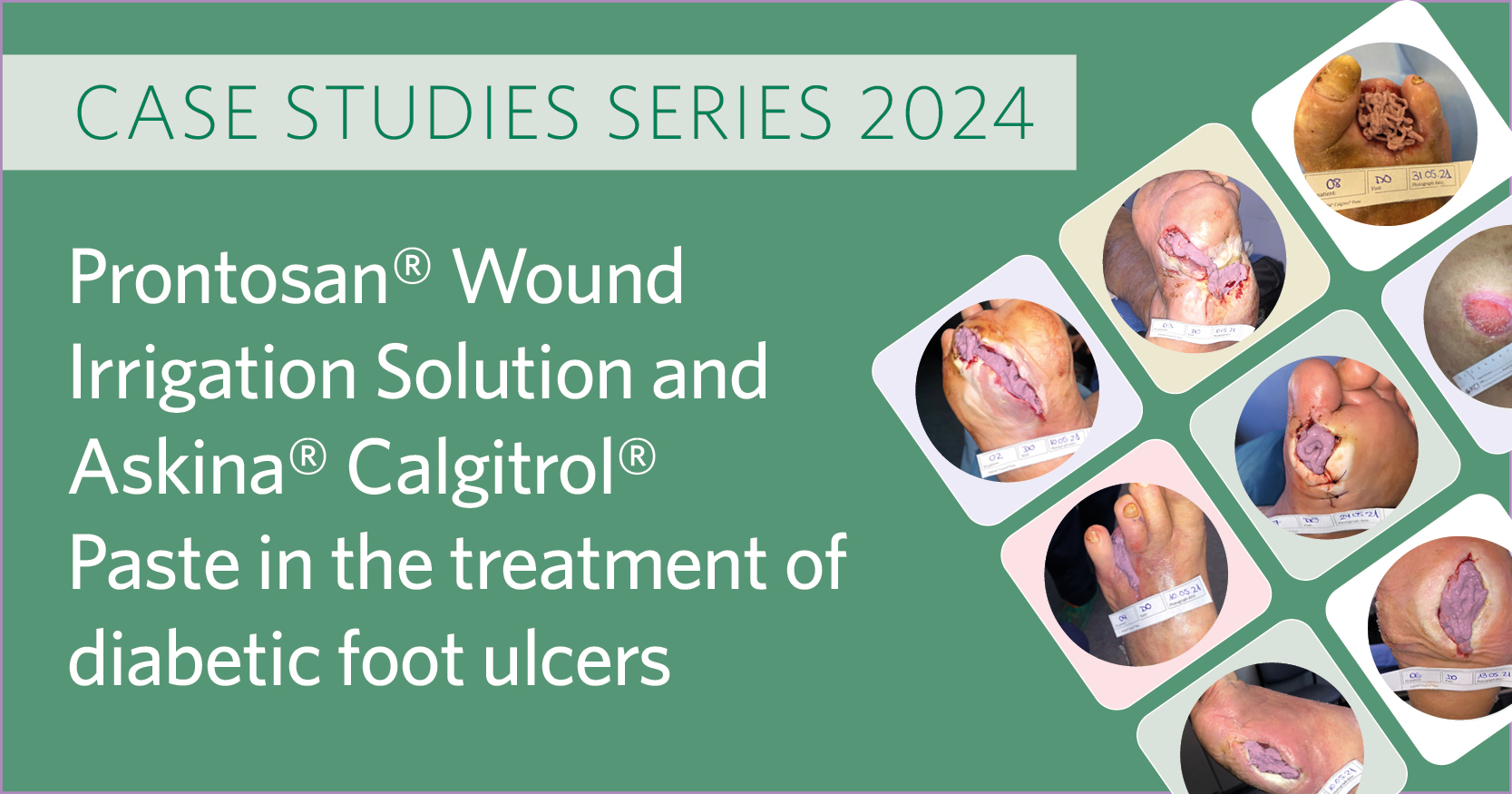Besides pressure relief by using special support surfaces and repositioning, pressure ulcer guidelines on prevention and treatment nowadays also advise on shear force reduction and regulation of the microclimate by using silk-like mattress covers instead of cotton covers. Skincair (Sense Textile), a newly developed breathable silk-like, 3-layer ventilating mattress sheet, reduces shear forces and is able to absorb excess fluid, which may result in better self-repositioning in bed, reduced nursing repositioning support and enhanced pressure ulcer (PU) prevention. Moreover, reducing the amount of fluid and improving the microclimate may result in lesser damage of the skin overall. A total of 112 residents of eight nursing homes at risk of PU development, participated in a 12-weeks observational study. Residents were selected, based on the following criteria: age >65 year, Braden score <18, laying on standard cotton mattress cover around a preventive mattress and need of nursing support for repositioning. During the first 6 weeks, all 112 residents laid on the cotton sheet (control period) and during the second 6 weeks all residents laid on the new 3-layer ventilating mattress sheet (intervention period) while receiving care as usual. There were no mattress changes during this 12-week period. On the cotton sheet all residents were unable to perform self-repositioning in bed and, therefore, needed nursing support for repositioning. At the end of the 6 weeks intervention period, 69.6% of the residents were able to change their position in bed without nursing support, implicating that the requirement of nursing support for repositioning decreased significantly. The development of pressure ulcers (PUs) was also monitored. In the control period, when residents were laying on the cotton sheet, 22 residents developed 41 PUs (category 2). In the intervention period, two residents developed a category 2 PU and one resident showed deterioration of a category 2 into a category 3 PU. This study showed that the use of the new breathable silk-like, 3-layer ventilating mattress sheet, which acts as the direct patient interface, improved self-repositioning of patients in bed and led to less need for nursing support during repositioning. Moreover, a lower PU incidence was observed.







